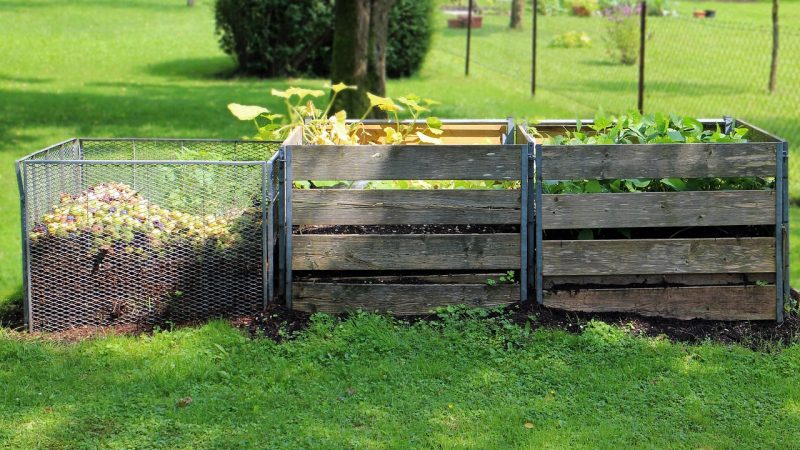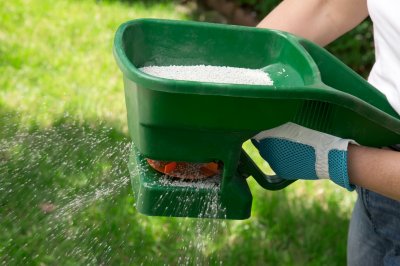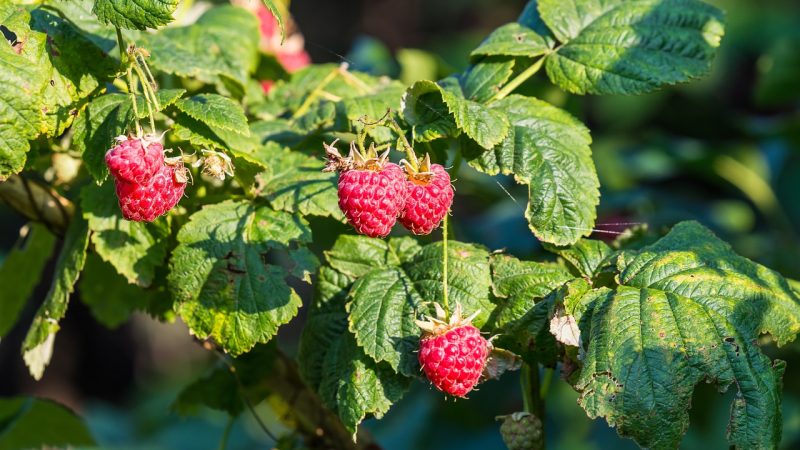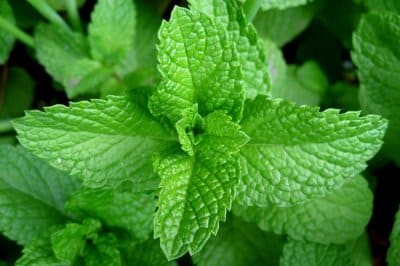Mint (Mentha spp.) is a popular and aromatic herb that is relatively easy to grow. It can be grown in the garden or in containers, and its refreshing flavor makes it a versatile addition to many culinary dishes and beverages. Here are some useful tips for sowing mint:
**1. Choose the Right Variety: There are several mint varieties available, including spearmint and peppermint, each with its unique flavor. Select the variety that best suits your taste and culinary preferences.
**2. Select a Suitable Location: Mint prefers partial shade to full sun. Choose a location that receives a few hours of direct sunlight each day. Avoid planting mint in full shade, as it may become leggy and less flavorful.
**3. Use Containers (Optional): Mint can be aggressive and has a tendency to spread rapidly through underground runners called rhizomes. To control its growth and prevent it from taking over your garden, consider growing mint in containers.
**4. Soil Preparation:
- Mint thrives in moist, well-draining soil. Prepare the soil by adding organic matter like compost to improve its texture and fertility.
- Ensure the soil pH is between 6.0 and 7.0, which is slightly acidic to neutral.
**5. Direct Sowing (Seeds):
- Mint can be grown from seeds, but it is often easier and more reliable to propagate it from cuttings or root divisions.
- If you prefer starting from seeds, sow them in the prepared soil about 1/4 inch deep. Keep the soil consistently moist until germination.
**6. Propagating from Cuttings or Root Divisions (Recommended):
- The most common and successful method of propagating mint is by taking cuttings or dividing existing plants.
- Cut 4-6 inch stems from healthy mint plants just below a leaf node. Remove the lower leaves, leaving a few at the top.
- Plant the cuttings in a pot filled with a well-draining potting mix. Keep the soil consistently moist until the cuttings establish roots.
**7. Spacing:
- If planting mint in the ground, space the plants about 12 to 24 inches apart to allow for their spreading nature.
- If growing in containers, provide enough space for the plants to expand and grow.
**8. Watering:
- Mint prefers consistently moist soil. Water the plants regularly to keep the soil evenly damp, but avoid waterlogging, as mint doesn’t tolerate soggy conditions well.
**9. Mulching:
- Apply a layer of organic mulch around the mint plants to help retain moisture and suppress weed growth.
**10. Harvesting:
- You can start harvesting mint leaves once the plants are established and have enough foliage.
- Pinch or cut off the leaves as needed, leaving some stems with leaves on the plant for continued growth.
**11. Pruning and Controlling Spread:
- Regularly prune mint to encourage bushier growth and prevent it from becoming too leggy.
- To control its spread, consider using barriers like buried containers or plastic edging to prevent rhizomes from spreading into unwanted areas.
By following these tips, you can successfully sow and grow mint in your garden or containers. With its delightful aroma and versatility in the kitchen, mint can be a delightful addition to your herb collection.







